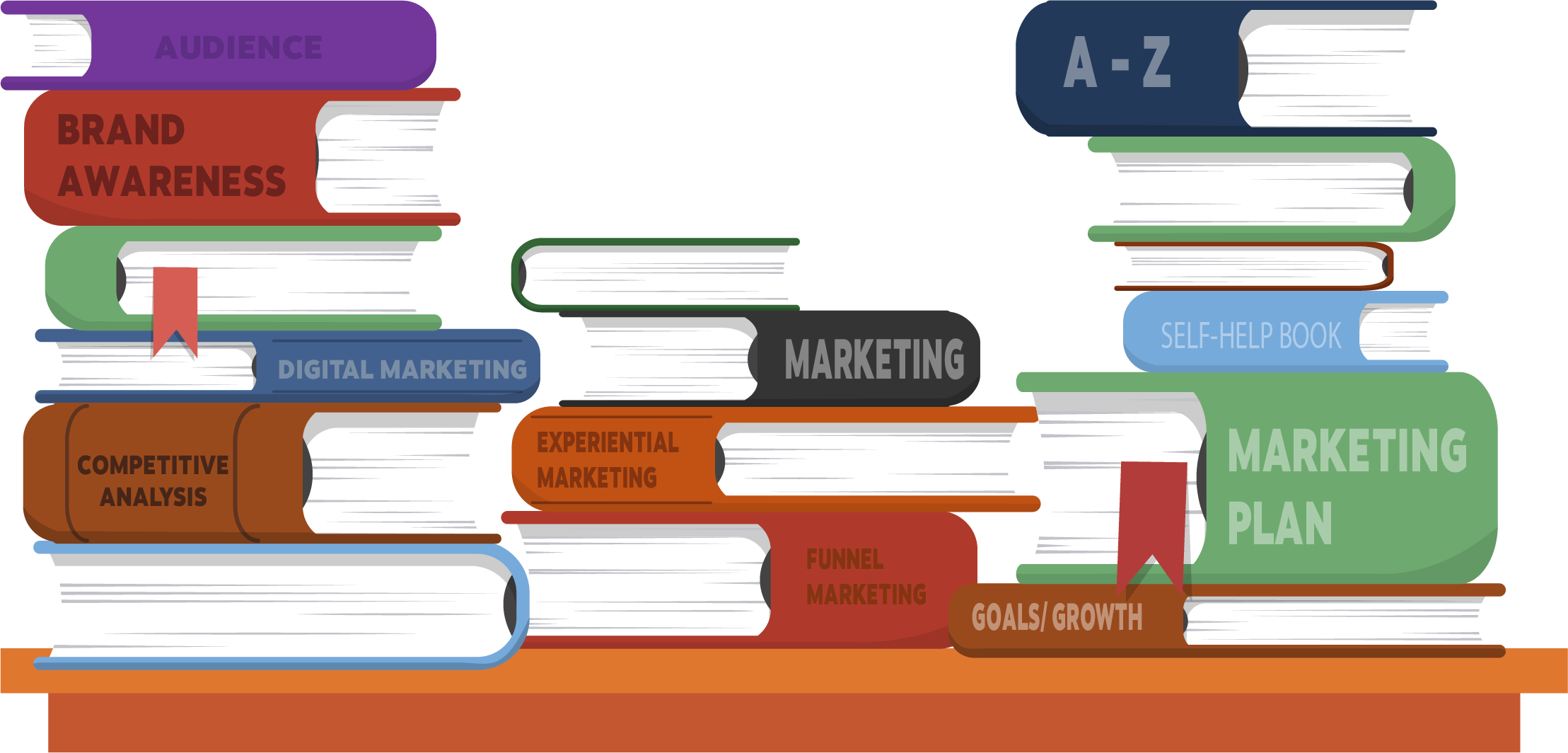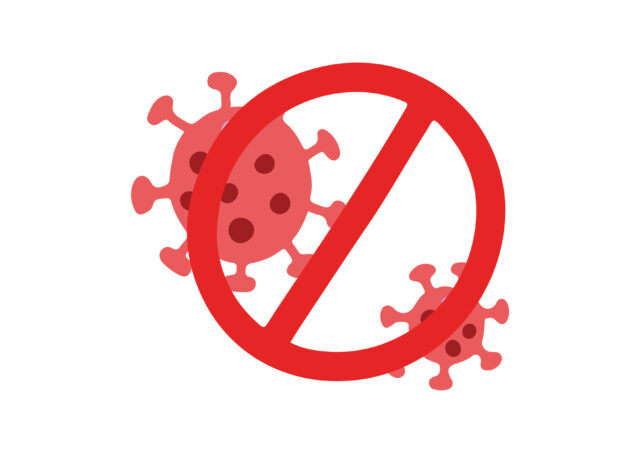Marketing is often misinterpreted especially in Nigeria to mean trudging the streets in search of customers for your business. There are way more technical intricacies involved with marketing and because it all happens behind the scenes, a few have refused to understand its importance. Many business owners haven’t discovered the importance of a marketing strategy. In fact, having a marketing strategy is so useful that you can think of it as having a road map or a cheat sheet as it will guide you in just about every business decision that you make. In this three-part series, we’ll be dissecting the multidimensional nature of core marketing and highlighting the A to Z’s of marketing and how applying these principles can help amplify your brand presence and perception.
AUDIENCE
Although it may be time-consuming upfront, determining a target market allows you to focus your marketing efforts in the most cost-effective way possible. Begin by clearly defining your product or service and then defining the person or business that will want to use what you have to offer. Understanding the needs of consumers is essential. You can often discover exactly how you can meet consumer needs through careful research. Once you have identified a target audience you can craft messages that appeal specifically to them. Identifying and understanding your target audience is beneficial to your communications strategy as it decides what tone your brand messaging takes. In Indomie’s case, the brand understands that its consumer base consists heavily of children and as such creates promotions and campaigns that they can resonate with.
BRAND ANALYSIS
There’s a fairly poetic element to perfectly executed campaigns that generates a lasting impression in the minds of individuals. Brand awareness is the extent to which consumers are familiar with the distinctive qualities or image of a particular brand of goods or services. This is a measure of how many people know about your company and its products. In other words, how well-known you are. Raising brand awareness is a key goal for many companies. It’s also one of the chief reasons they invest in digital marketing. Brand awareness is important when launching new products and services, and it drives consumers’ decisions when differentiating between competing companies. It encourages repeat purchases and leads to an increase in market share and incremental sales. Coke is synonymous to the color red and studies show that 85% of people can identify the brand assets and colors easily.
COMPETITIVE ANALYSIS
Marketing competitor analysis is done in relation to your competitors. That is, you analyze your competitor’s firm in comparison to your own. In marketing competitor analysis, you assess the strengths and weaknesses of your rivals. You try to figure out what situations may provide an opportunity for them. Find situations which are likely to become a threat for them as well. It simply becomes a case of whatever your competitors are doing, do 5 times bigger and better.
DIGITAL MARKETING
Technology is integrated into our lives more than ever before. We own smartphones, conversational AI devices such as Amazon Alexa and Google Home, laptops, and tablets. With so many people online, it’s essential for businesses to be online as well. As our online presence continues to grow, the way we make online purchases will continue to evolve. Digital marketing is important because more and more consumers are online; digital marketing is an immediate way to reach them. Digital marketing is an easy way for companies to tell their brand’s story and brings companies to life on an online platform and the three most common platforms are social media, email, and web.
EXPERIENTIAL MARKETING
Also referred to as engagement marketing, experiential marketing may be comprised of a variety of marketing strategies geared toward immersing customers within the product by engaging them in as many ways as possible.
Ultimately, companies utilizing this strategy want to help customers form memorable, emotional connections with a brand to foster customer loyalty and improve customer lifetime value (CLV). Companies that succeed with this strategy go beyond giving consumers attractive offers and samples. True magic happens when brands put individual
customers or groups of consumers in an immersive branded experience. Thus, brands must go beyond PR stunts, display ads, and promoted social media ads to stir positive emotions in people and foster brand loyalty.
FUNNEL (MARKETING)
A marketing funnel is a tool that helps you visualize the buyer journey or the path a prospect takes as they become familiar with your company, from introduction to conversion (and hopefully beyond). A marketing funnel is what takes a potential customer through the whole journey from discovering your business, all the way to purchasing your
products on a regular basis. The goal is to create a highly automated system that is measurable at any point in the customer journey. Your marketing funnel should include the following 5 stages: awareness, consideration, conversion, loyalty, and advocacy.
GOALS/ GROWTH
They are both inadvertently tied to one another in the sense that without goals, growth cannot be measured. In order to measure marketing performance, you need to set goals. How can you call a campaign successful if you haven’t defined success? Your goals should be S.M.A.R.T: Specific, measurable, achievable, results-focused, and timely. Goals such as “build awareness” or “increase engagement” are too vague. You’re best setting specific, realistic targets for certain time periods. So a great example would be “Increase brand awareness by 10% in two months”. That way, you can track progress and allocate resources in a more productive way.
HACKING
Growth hacking is not just another intangible concept. In fact, it’s an incredibly simple one. Growth hacking concerns outside-the-box marketing strategies used to get the maximum number of users with minimal spend. It’s
substituting billboards and TV ads for unconventional thinking and user psychology. Growth hackers think up non-traditional solutions to gaining new users. The keyword is growth, and oftentimes growth hackers are hunting as much growth traction as they can get their hands on, even if solutions are only temporary. Startups are the main followers of growth hacking. They are forced into innovative marketing techniques since tight budgets prevent traditional practices. Growth hackers deal in a wide range of areas including SEO, content marketing, social media, and email marketing. Growth hacking is not a substitute for digital marketing. In fact, far from being separate entities, growth hacking and digital marketing are intrinsically linked. The shared mentality behind both is an emphasis on experimentation, creativity, and measurement in order to accomplish goals.
INFLUENCER MARKETING
Influencer marketing involves using key brand advocates to drive your message to the larger market in an organic way. It pinpoints people with large social followings who have sway over your target audience, then focuses marketing endeavors featuring those key influencers. Rather than marketing directly to a large group of consumers, you instead pay influencers to get out the word for you. Influencer Marketing is a hybrid of old and new marketing tools, taking the idea of celebrity endorsement and placing it into a modern-day content-driven marketing campaign. The main difference is that the results of the campaign are collaborations between brands and
influencers.




